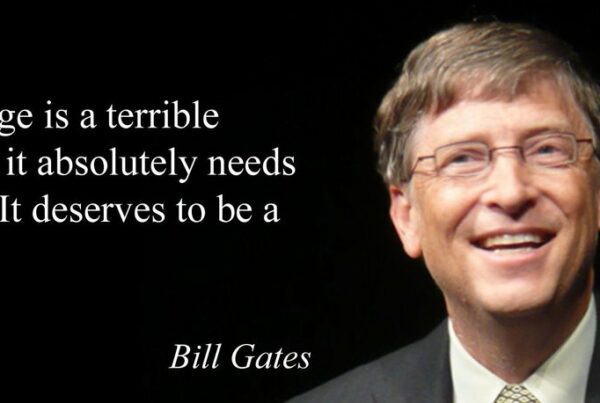Strategic Doing is a practical guide for understanding how to design and guide effective collaborations. Complex challenges and networks can be addressed through 10 skills. These skills can be adopted by leaders in various environments to empower discipline and strategy.
The authors of Strategic Doing explore the pervasive presence of networks, which impact the goods we buy, the services we use, and the places we work, live, and play. A “network,” as defined in the book, is formed around a set of assets or resources. There is also a set of people who are closely related to the hub, and others who are loosely connected.
This definition illustrates the importance of individuals working as a collective rather than as sole operators. Tools of strategy in a networked world, depending on the evolution of thinking differently, behaving differently, and “doing” differently. The “do” is further broken down into 10 main skills:
- Create and maintain a safe space for deep, focused conversation. By creating a safe space for strategic conversations, everyone feels empowered to participate in a civil, equitable environment.
- Frame the conversation with the right question. This question’s goal is to catalyze deeper thinking and engagement from each person in the conversation. The question should be bold, inspiring and appreciative – furthering the focus on what the organization wants more of, not less.
- Identify your assets, including the hidden ones. Take stock of available resources, as well as surrounding resources that can be used in new and different ways (hint: assets come in many different forms and go beyond cash).
- Link and leverage assets to identify new opportunities. Making connections by combining assets is useful, and it is also critical within a network. Asset connection creates a platform for collective solutions that answer complex challenges.
- Look for the Big Easy. The 2×2 matrix is a highly effective solution builder for group problem-solving (rather than consensus or voting to find a majority). Utilizing the 2×2 matrix, select two criteria that are best suited for your challenge (e.g., impact and ease of implementation). The “Big” inspires people and engages them emotionally, while the “Easy” implies practical steps that can be taken towards implementation.
- Convert your ideas to outcomes with measurable characteristics. Ask qualitative questions, such as: “What will we see?” and “What will we feel?” and “Whose lives will be different and how?” Next, develop three to four statements about the outcome that will align group members with a shared vision.
- Start slowly to go fast—but start. Break big challenges into smaller, more manageable tasks, effectively reducing associated risks and increasing morale about getting things accomplished. The reality is that progress cannot begin until action, even a small one, is made forward/taken.
- Draft short-term action plans that include everyone. Each member of the group should share responsibility for implementation; therefore, focus on “leadership” as a shared characteristic. Shared leadership also equals a shared action plan. Focus on what needs to happen in the next 30 days, and specify: who, what, a deliverable, and a deadline.
- Set 30/30 meetings to review, learn, and adjust. Create a learning loop (a specific kind of feedback loop). In a 30/30 meeting, the group checks in on progress reviews results and discusses necessary changes. Adjustments can then be made accordingly. 30/30 meetings build resilience and flexibility within the group dynamic and project ecosystem.
- Nudge, connect, and promote to reinforce new habits. Maintain momentum by nudging everyone to move ideas into action and towards completion; take an active role and connect new people and other networks to your network; and finally, promote your group’s success, which will, in turn, attract more people to your network.
Networks experience success when each individual follows a small set of simple rules and thrives within the collective effort. By transforming these 10 skills into habits, groups not only have the power to see short and long term projects through to completion, but they also have the ability to affect real change.











